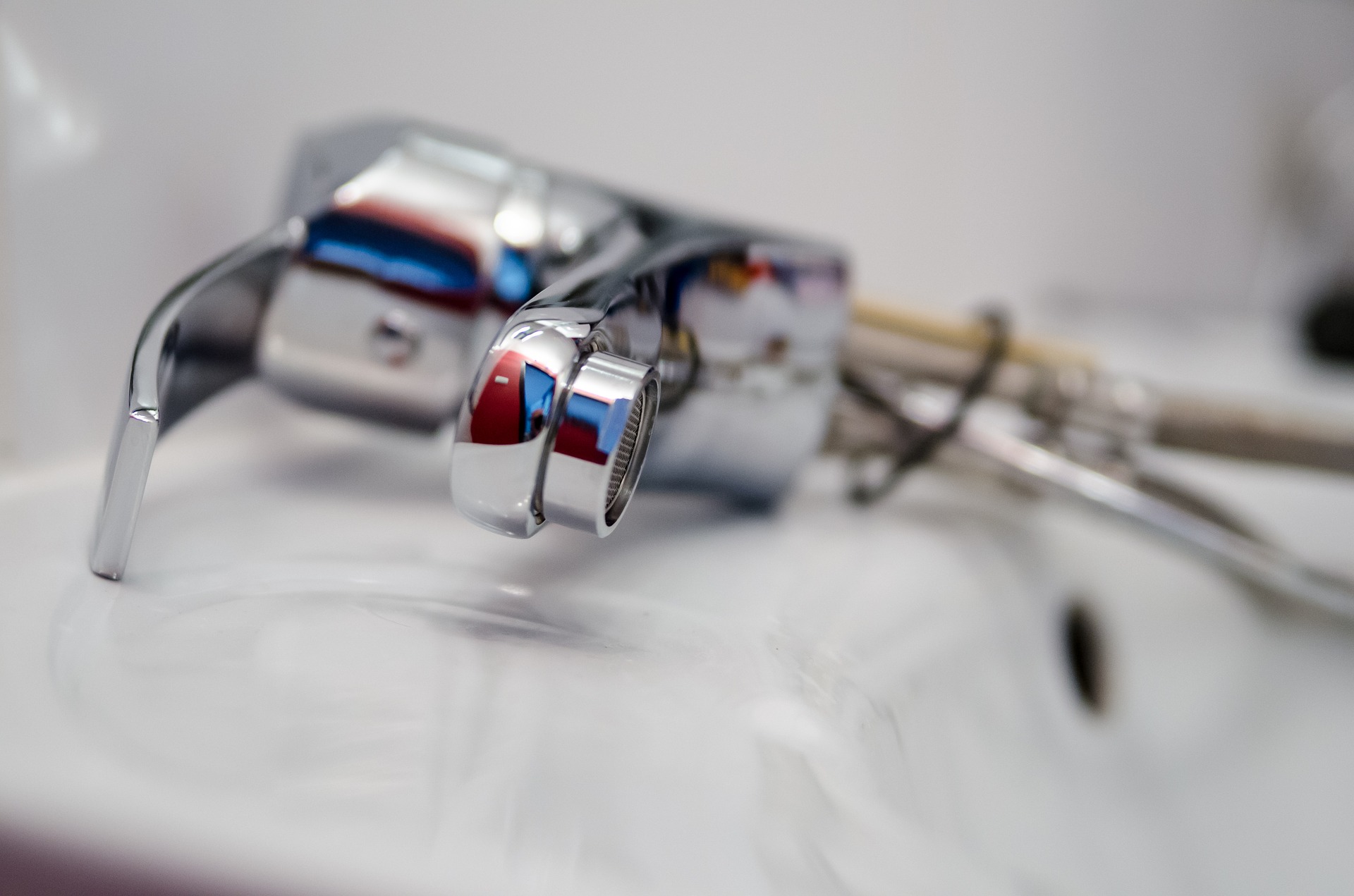Listed here in the next paragraphs you can get a good deal of dependable resources on the subject of Plumbing Basics For Every Home: The HomeTriangle Guide.

Plumbing is a crucial facet of any type of home, in charge of providing clean water for drinking, cooking, and showering, along with getting rid of wastewater securely. Recognizing the fundamentals of home plumbing is necessary for each house owner to make sure proper maintenance, troubleshooting, and, if essential, repair work. In this beginner's overview, we'll cover the essential concepts of home plumbing to aid you come to be a lot more acquainted with how it functions.
Supply Of Water System
The water supply system brings tidy water into your home from a metropolitan water source or a private well. It contains a main water line that attaches to your home's plumbing system, typically situated underground. A water meter measures the quantity of water consumed, while a shut-off shutoff allows you to regulate the flow of water into your home.
Plumbing Fixtures
Plumbing fixtures are tools that provide water to numerous parts of your home and consist of sinks, faucets, commodes, showers, tubs, and devices such as dish washers and washing makers. Each fixture is linked to the water supply system by means of pipelines and fittings and might have its shut-off shutoff for upkeep or emergencies.
Water Furnace
The water heating unit is in charge of heating water for residential usage, including bathing, food preparation, and cleansing. Common kinds of hot water heater consist of tank-type water heaters, tankless (on-demand) hot water heater, and heatpump hot water heater. The water heater is linked to the water system system and supplies warm water to plumbing fixtures as needed.
Drainage System
The drain system removes wastewater from your home and lugs it away to a sewage therapy center or septic system. It includes a network of pipelines, fittings, and components that carry wastewater from plumbing fixtures to the major drain line or sewage-disposal tank. Appropriate drainage is necessary to prevent obstructions, back-ups, and sewage leakages.
Air flow System
The air flow system helps preserve correct air pressure and avoid sewer gases from entering your home. Vent pipelines, also called vent stacks, expand from plumbing components to the roof covering, enabling sewer gases to leave securely outside. Ventilation pipelines also enable air to go into the drainage system, helping with smooth wastewater circulation and preventing suction or vacuum effects.
Typical Plumbing Tools
Having the right devices handy is important for carrying out fundamental plumbing repair work and upkeep jobs. Typical plumbing devices include flexible wrenches, monkey wrench, pliers, pipe cutters, hacksaws, bettors, augers (or drain serpents), and Teflon tape. Having these tools readily offered can assist you take on small plumbing problems successfully.
Standard Plumbing Fixings
While some plumbing repairs might need expert assistance, lots of typical concerns can be attended to with basic do it yourself techniques. Knowing exactly how to repair a leaking tap, unblock a drain, replace a bathroom flapper, or repair a trickling showerhead can conserve you time and money on plumbing repair services.
Final thought
Recognizing the basics of home plumbing is important for every homeowner to preserve a risk-free, practical, and effective plumbing system. By acquainting yourself with the water system system, plumbing components, drainage system, ventilation system, usual plumbing tools, and basic repair work, you can with confidence deal with minor plumbing problems and ensure your home's plumbing system runs smoothly.
Understanding Basics of Home Plumbing System: A Beginner's Guide
The Main Components of Your Home Plumbing System
The Water Supply System
This system is responsible for transporting fresh water into your home. It usually has a main water line that splits into two branches: one directed towards cold water services and the other connected to a water heater for hot water. The pressure is key here; it ensures water reaches all parts of your house.
The Drainage System
Once water has been used, it becomes wastewater that needs to be removed from your home. This is where the drainage system comes into play. It includes all the pipes that carry wastewater and sewage away from your house to sewage treatment facilities or septic tanks.
The Vent System
The vent system prevents sewer gases from entering your home and helps maintain the pressure balance that allows wastewater to flow out properly. These vents usually exit through the roof of your house.
Water Heating System
For those who enjoy hot showers or using hot water for cleaning, the water heater is a crucial part of the plumbing system. It can be a tankless system, which heats water on demand, or a traditional water tank model.
Common Plumbing Problems and Basic Troubleshooting
Plumbing systems, while designed to be durable, can face issues like clogged drains, leaky faucets, or low water pressure. Here are some basic troubleshooting tips:
Clogged Drains
Use a plunger or a plumber's snake to try and dislodge whatever is blocking the drain. Regular cleaning can prevent clogs.
Leaky Faucets
Often caused by worn-out washers or gaskets, these can usually be replaced by someone with basic DIY skills.
Low Water Pressure
This might be due to sediment build-up in your fixtures or a leak somewhere in your water line. Cleaning out aerators or seeking a professional to detect leaks might be necessary.
Preventive Maintenance Tips
Maintaining your plumbing system is key to avoiding emergencies. Regularly check for leaks, avoid disposing of grease down the sink, and have your system inspected by a professional plumber at least once a year.

I was shown that editorial on How Does the Plumbing Work in Your Home? through a buddy on our other web page. Appreciated our blog posting? Please share it. Let another person find it. We value your readership.
Visit Page